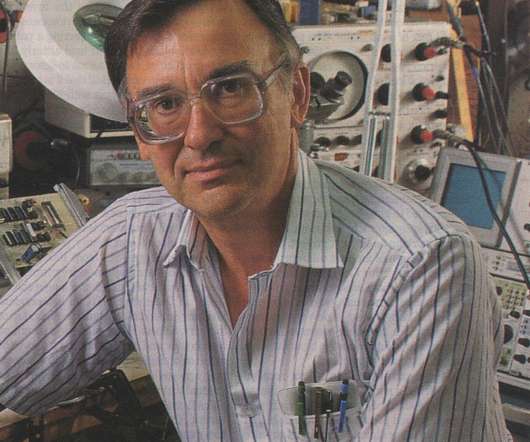Amyris processes Ceres sweet sorghum into renewable diesel using soluble and cellulosic sugars
Green Car Congress
MAY 3, 2012
The pilot-scale project use both free (soluble) sugars and biomass (cellulosic) sugars from Ceres’ sweet sorghum hybrids grown in Alabama, Florida, Hawaii, Louisiana and Tennessee. As an energy crop, sweet sorghum is an impressive producer of low-cost, fermentable sugars.












Let's personalize your content